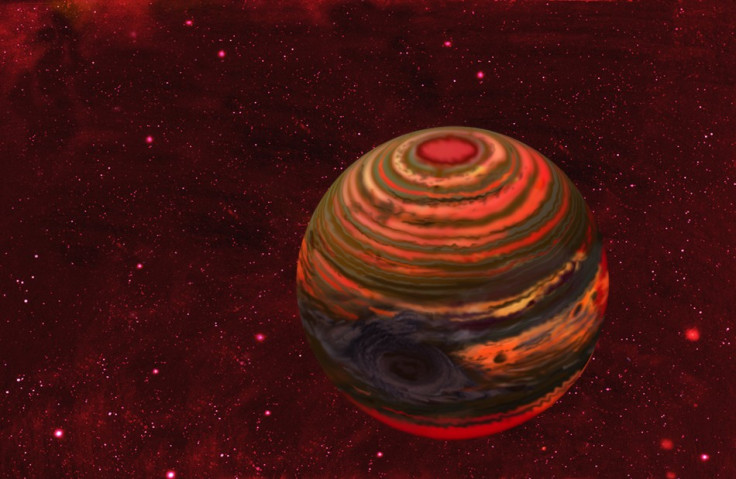Astronomers Discover One of the 'Puniest' Failed Stars Ever Seen

Astronomers have discovered a cluster of more than two dozen previously unknown brown dwarfs, otherwise known as "failed stars," including one of the puniest of its kind.
One of the brown stars is six times the mass of Jupiter, making it "one of the puniest free-floating objects known," researchers said in a statement.
Brown dwarfs are larger than planets but are too small to trigger the internal nuclear fusion reactions needed to become stars.
Astronomers discovered the objects in two young star clusters using Japan's Subaru Telescope in Hawaii and the Very Large Telescope in Chile.
"Our findings suggest once again that objects not much bigger than Jupiter could form the same way as stars do," said University of Toronto astrophysicist Ray Jayawardhana. "In other words, nature appears to have more than one trick up its sleeve for producing planetary mass objects."
"Its mass is comparable to those of giant planets, yet it doesn't circle a star. How it formed is a mystery," said Aleks Scholz of the Dublin Institute of Advanced Studies in Ireland.
The brown dwarfs are located in two star clusters known as NGC 1333, around 1,000 light years from Earth, and Rho Ophiuchi, just 400 light years away from Earth.
NGC 1333 has an odd surplus of failed stars, containing half as many brown dwarfs as normal stars.
"Brown dwarfs seem to be more common in NGC 1333 than in other young star clusters," said Koraljka Muzic of the University of Toronto.
"That difference may be hinting at how different environmental conditions affect their formation."
The results could help astronomers better understand how failed stars are formed in the first place.
© Copyright IBTimes 2024. All rights reserved.





